20th October 2023
The Catholic Origins of Halloween
By Fr Augustine Thompson OP (originally written 1995)
We’ve all heard the allegations: “Halloween is a pagan rite dating back to some pre-Christian festival among the Celtic Druids that escaped Church suppression.” Even today modern pagans and witches continue to celebrate this ancient festival. If you let your kids go trick-or-treating, they will be worshiping the devil and pagan gods.
Nothing could be further from the truth. The origins of Halloween are, in fact, very Christian and rather American. Halloween falls on October 31 because of a pope, and its observances are the result of medieval Catholic piety.
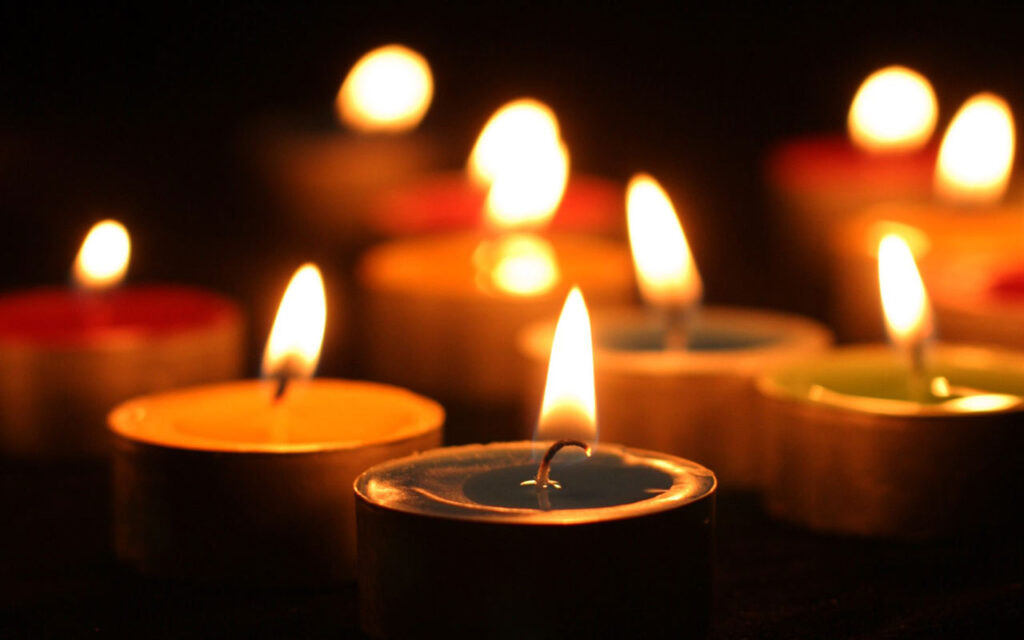
Halloween: Medieval Christians or Pagan Druids?
It’s true that the ancient Celts of Ireland and Britain celebrated a minor festival on Oct. 31 — as they did on the last day of most other months of the year. However, Halloween falls on the last day of October because the Feast of All Saints or “All Hallows” falls on Nov. 1. The feast in honor of all the saints in heaven used to be celebrated on May 13, but Pope Gregory III (d. 741) moved it to Nov. 1, the dedication day of All Saints Chapel in St. Peter’s at Rome. Later, in the 840s, Pope Gregory IV commanded that All Saints be observed everywhere. And so the holy day spread to Ireland. The day before was the feast’s evening vigil, “All Hallows Even” or “Hallowe’en.” In those days, Halloween didn’t have any special significance for Christians or for long-dead Celtic pagans.
All Saints & All Souls
In 998, St. Odilo, the abbot of the powerful monastery of Cluny in Southern France, added a celebration on 2 November prayer for the souls of all the faithful departed. This feast, called All Souls Day, spread from France to the rest of Europe. So now the Church had feasts for all those in heaven and all those in purgatory? What about those in the other place? It seems Irish Catholic peasants wondered about the unfortunate souls in hell. After all, if the souls in hell are left out when we celebrate those in heaven and purgatory, they might be unhappy enough to cause trouble. So it became customary to bang pots and pans on All Hallows Even to let the damned know they were not forgotten. Thus, in Ireland, at least, all the dead came to be remembered — even if the clergy were not terribly sympathetic to Halloween and never allowed All Damned Day into the Church calendar.

Costumes and the Dance of Death
But that still isn’t our celebration of Halloween. Our traditions on this holiday centers around dressing up in fanciful costumes, which isn’t Irish at all. Rather, this custom arose in France during the 14th and 15th centuries. Late medieval Europe was hit by repeated outbreaks of the bubonic plague — the Black Death — and she lost about half her population. It is not
surprising that Catholics became more concerned about the afterlife. More Masses were said on All Souls’ Day, and artistic representations were devised to remind everyone of their own mortality. We know these representations as the “Dance Macabre” or “Dance of Death,” which was commonly painted on the walls of cemeteries and shows the devil leading a daisy chain of people — popes, kings, ladies, knights, monks, peasants, lepers, etc. — into the tomb. Sometimes the dance was presented on All Souls’ Day itself as a living tableau with people dressed up in the garb of various states of life. But the French dressed up on All Souls, not Halloween; and the Irish, who had Halloween, did not dress up. How the two became mingled probably happened first in the British colonies of North America during the 1700s when Irish and French Catholics began to intermarry. The Irish focus on hell gave the French masquerades an even more macabre twist.
Trick or Treat
But, as every young ghoul knows, dressing up isn’t the point; the point is getting as many goodies as possible. Where on earth did “trick or treat” come in? “Trick or treat” is perhaps the oddest and most American addition to Halloween, and is the unwilling contribution of English Catholics. During the penal period of the 1500s to the 1700s in England, Catholics had no legal rights. They could not hold office and were subject to fines, jail and heavy taxes. It was a capital offense to say Mass, and hundreds of priests were martyred. Occasionally, English Catholics resisted, sometimes foolishly. One of the most foolish acts of resistance was a plot to blow up the Protestant King James I and his Parliament with gunpowder. This was supposed to trigger a Catholic uprising against their oppressors.
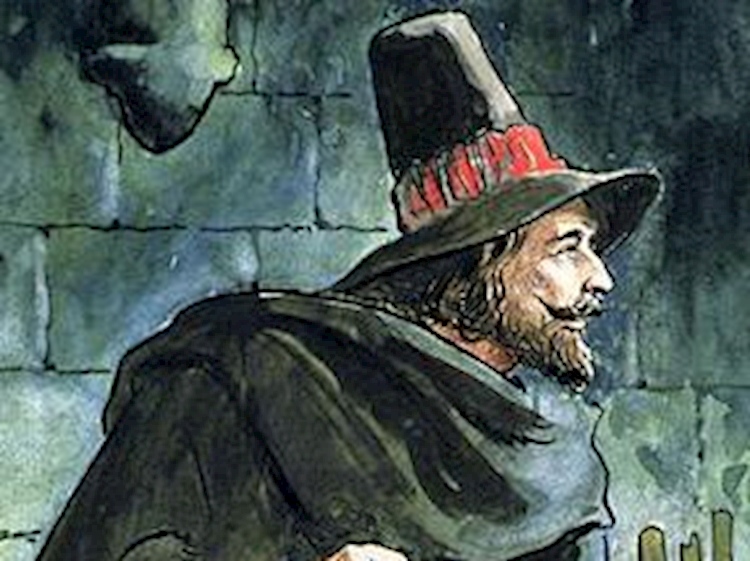
Why Black and Orange?
All Souls Day’s association with these colors are derived from aspects of the Requiem Mass, or Mass for the Dead, which is celebrated on All Souls’ Day as well as at funerals. In the traditional practice, the liturgical vestments of the clerics were black (and black still remains an option for Requiems in the post-Conciliar liturgy). Orange is derived from the candles of unbleached wax prescribed for the Requiem Mass; whereas the liturgy on other days normally made use of white, bleached candles, the unbleached wax of Requiem candles produced a sunset-like orange glow which quickly became associated with All Souls’ Day.
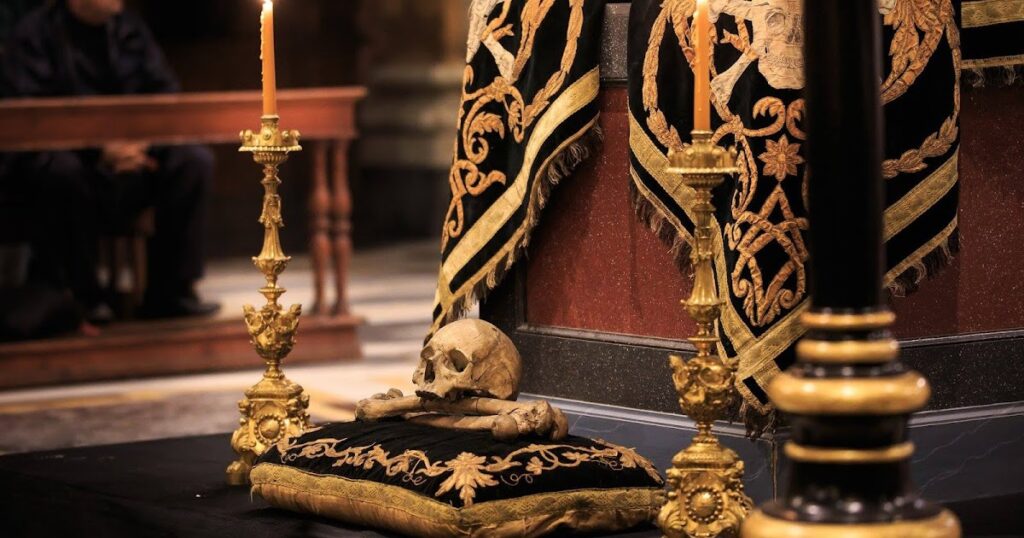
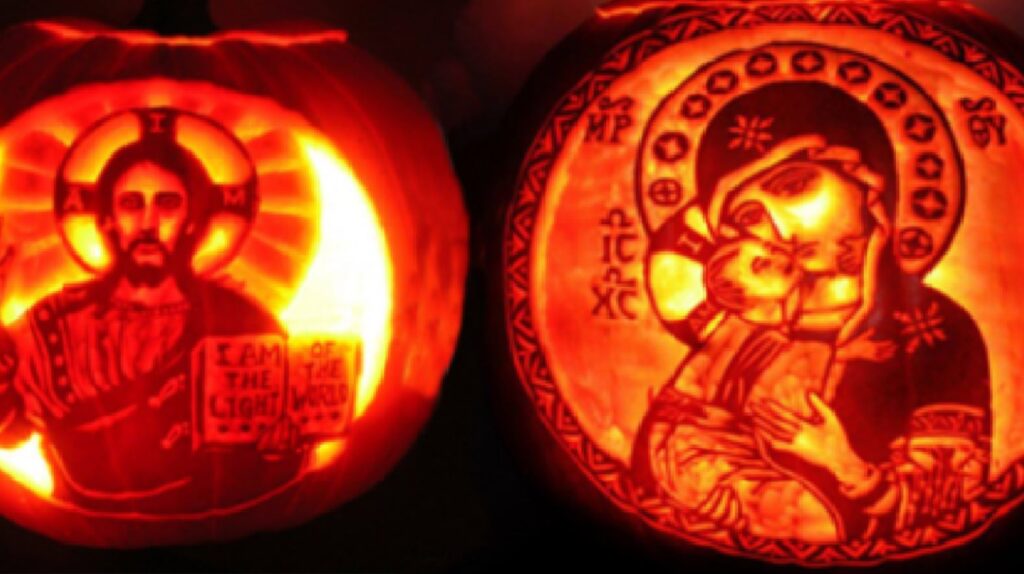
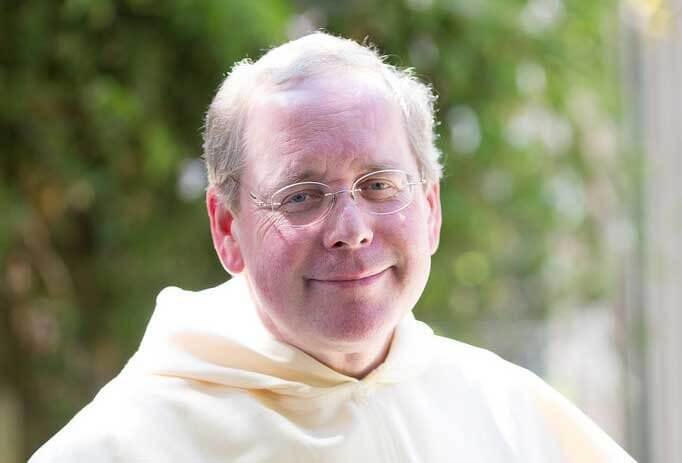
The Very Rev. Augustine Thompson OP is a Dominican priest of the Province of the Most Holy Name (Western United States) currently serving as Praeses (President) of the Pontifical Institute of Mediaeval Studies in Toronto, Canada. He is a graduate of Johns Hopkins University and the University of California, where he obtained his doctorate under the supervision of the groundbreaking scholar of late antiquity and biographer of Saint Augustine, Peter Brown. Father Augustine has enjoyed a distinguished academic career holding senior teaching positions at the University of Oregon and the University of Virginia (Charlottesville), as well as the Dominican School of Philosophy and Theology in Berkeley, California. A well-published medieval historian, his many books and articles include most notably: Francis of Assisi: A New Biography (Cornell University Press, 2012) and Cities of God: The Religion of the Italian Communes, 1125–1325 (Pennsylvania State University Press, 2005). His latest book is Dominican Brothers: Conversi, Lay, and Cooperator Friars (New Priory Press, 2017).
